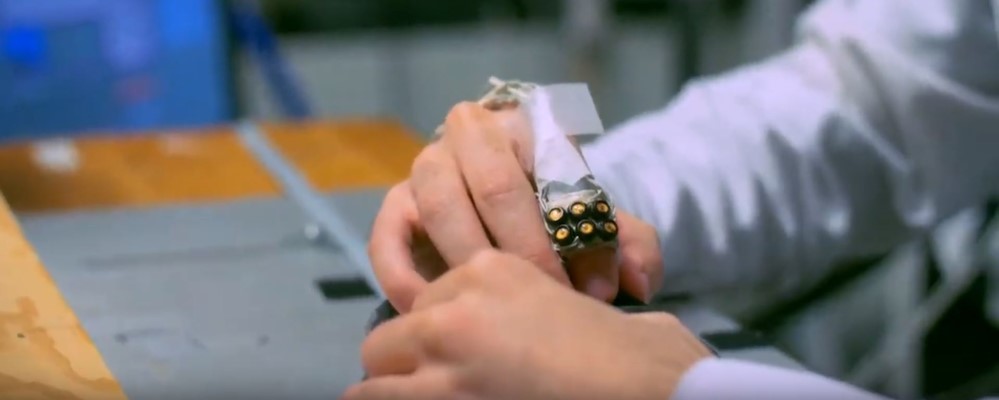
A pair of York University collaborators are showing how a cross-disciplinary approach can help solve some tough vision-related challenges. In the quest to keep improving on cutting-edge technologies, it’s important not to lose sight of opportunities to use technological innovations to improve people’s lives.
Collaborators Doug Crawford and Richard Wildes are both researchers at York University’s Vision: Science to Applications (VISTA) program. Crawford is a neuroscientist, keenly focussed on the biological side of vision; Wildes is a computational vision scientist, interested in the computer side of vision and what it means to “see”.
“What’s really interesting to us is how we’re going to integrate the technology with the biological side, so that we learn from the biology to make better technologies, but we use the technologies to benefit the human condition, as well,” explains Crawford.
For Crawford, there are two major challenges in vision research in the next century. On the one hand, there’s the challenge of maintaining healthy vision in our aging population; on the other hand, there’s the challenge of making the most of our increasingly vision-based devices, like smartphones.
“When you’re trying to attack a very difficult problem, like how it’s possible to ‘see’ – be it a biological system or an artificial system – it’s quite useful to bring together multiple complementary perspectives,” adds Wildes.

